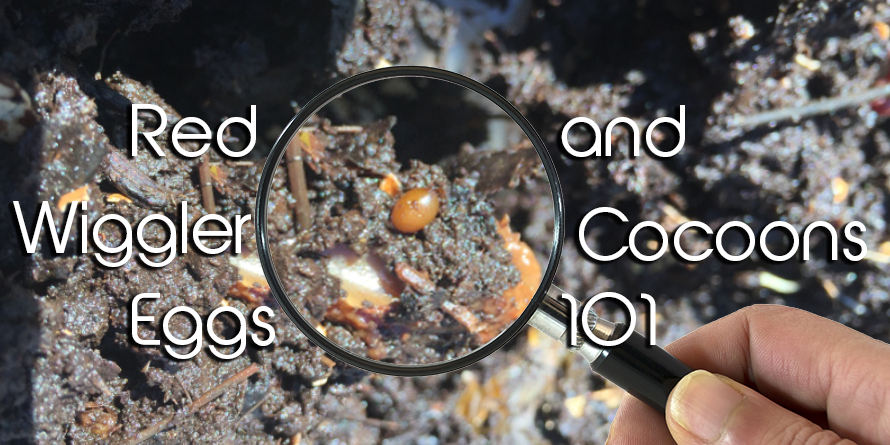Lake Hickory Bait: Reliable Supplies for Every Level of Fishing
Lake Hickory Bait: Reliable Supplies for Every Level of Fishing
Blog Article
Open the Keys of Red Wigglers: Your Overview to Composting Success
The integration of red wigglers right into composting practices presents a substantial chance for enhancing soil wellness and promoting sustainability. Understanding their demands and actions is vital for enhancing their potential, from establishing up a suitable worm bin to feeding them the appropriate materials.

What Are Red Wigglers?
(Lake Hickory Bait)Red wigglers, scientifically called Eisenia fetida, are a species of earthworm mainly utilized in composting as a result of their amazing ability to disintegrate raw material effectively. These worms are characterized by their reddish-brown pigmentation and a segmented body, commonly determining in between 3 to 4 inches in length. Unlike various other earthworm species, red wigglers thrive in rich, natural atmospheres, making them ideal for vermicomposting systems.
Indigenous to North America, they are commonly found in decaying fallen leaves and compost heap, where they play an important duty in nutrient recycling. Their adaptation to residing in a moist, cardiovascular environment allows them to consume big amounts of organic waste, damaging it down right into nutrient-rich castings that improve dirt health and wellness.
Red wigglers replicate swiftly, with a solitary worm qualified of producing a number of cocoons each week, each consisting of numerous hatchlings. Recognizing the biology and behavior of red wigglers is important for maximizing their capacity in composting applications.
Benefits of Utilizing Red Wigglers
Utilizing the power of red wigglers in composting provides many advantages that boost dirt wellness and promote sustainable waste administration. These exceptional microorganisms effectively break down raw material, transforming kitchen scraps and backyard waste into nutrient-rich vermicompost. This completed product is extremely useful for plant growth, as it improves dirt framework, boosts moisture retention, and boosts nutrient accessibility.

(Red Wiggler Express)In addition, the existence of red wigglers in your composting system can accelerate the composting process, producing high-quality garden compost in a fraction of the moment compared to traditional approaches. The castings generated by these worms are likewise including helpful microbes that additionally enhance the soil ecosystem.
Establishing Up Your Worm Bin
Developing an efficient worm container is a straightforward process that can dramatically enhance your composting initiatives. Worm containers can be made from plastic storage containers, wood boxes, or readily available worm bins.
Following, prepare the bed linens product, which serves as the worms' habitat. A mix of shredded paper, cardboard, and coconut coir works well, offering a comfortable atmosphere for the worms.

Feeding Your Red Wigglers
To ensure the wellness and efficiency of your red wigglers, it is vital to supply them with a balanced diet plan that meets their dietary requirements. Red wigglers thrive on a varied range of natural materials, which not just provide required nutrients but also advertise efficient composting.
Beginning by integrating cooking area scraps such as vegetable peels, fruit cores, and coffee grounds. Prevent citrus fruits, onions, and garlic, as these can be detrimental to worm wellness. Furthermore, introduce shredded paper, cardboard, and completely dry leaves to develop a well-aerated environment.
Feeding regularity should be checked; typically, worms can eat half their body weight in food weekly. It is important to avoid overfeeding, as excess food can cause unpleasant smells and attract parasites. A good method is to include food in small quantities, allowing worms to process it prior to presenting more.
Preserving dampness levels is likewise essential; the bedding must be wet but not soggy. Be certain to routinely examine the temperature level and pH levels of the bin to guarantee an ideal atmosphere for your red wigglers, inevitably boosting their composting efficiency.
Harvesting and Utilizing Compost
An effective composting procedure with red wigglers finishes in the rich, dark compost known as vermicompost, which can significantly enhance dirt wellness and plant growth. Collecting this nutrient-dense product commonly takes place every three to six months, relying on the dimension of your system and the amount of organic issue being refined.
To harvest, carefully separate the compost from the worms and any kind of undecomposed materials. One effective approach includes moving the materials of the container to one side and including fresh bed linens and food to the vacant area, encouraging the worms to move. After a few days, the garden compost can be gathered from the opposite side.
It is important to make use of vermicompost correctly to optimize its advantages. By integrating vermicompost right into your gardening program, you not just recycle organic waste however also develop a thriving environment that sustains sustainable gardening techniques.
Conclusion
In summary, red wigglers serve as outstanding allies in composting initiatives, changing natural waste right into nutrient-rich vermicompost. Go Here By understanding the optimal problems for their environment, feeding needs, and garden compost harvesting strategies, garden enthusiasts can boost dirt wellness and advertise plant vitality.
Report this page